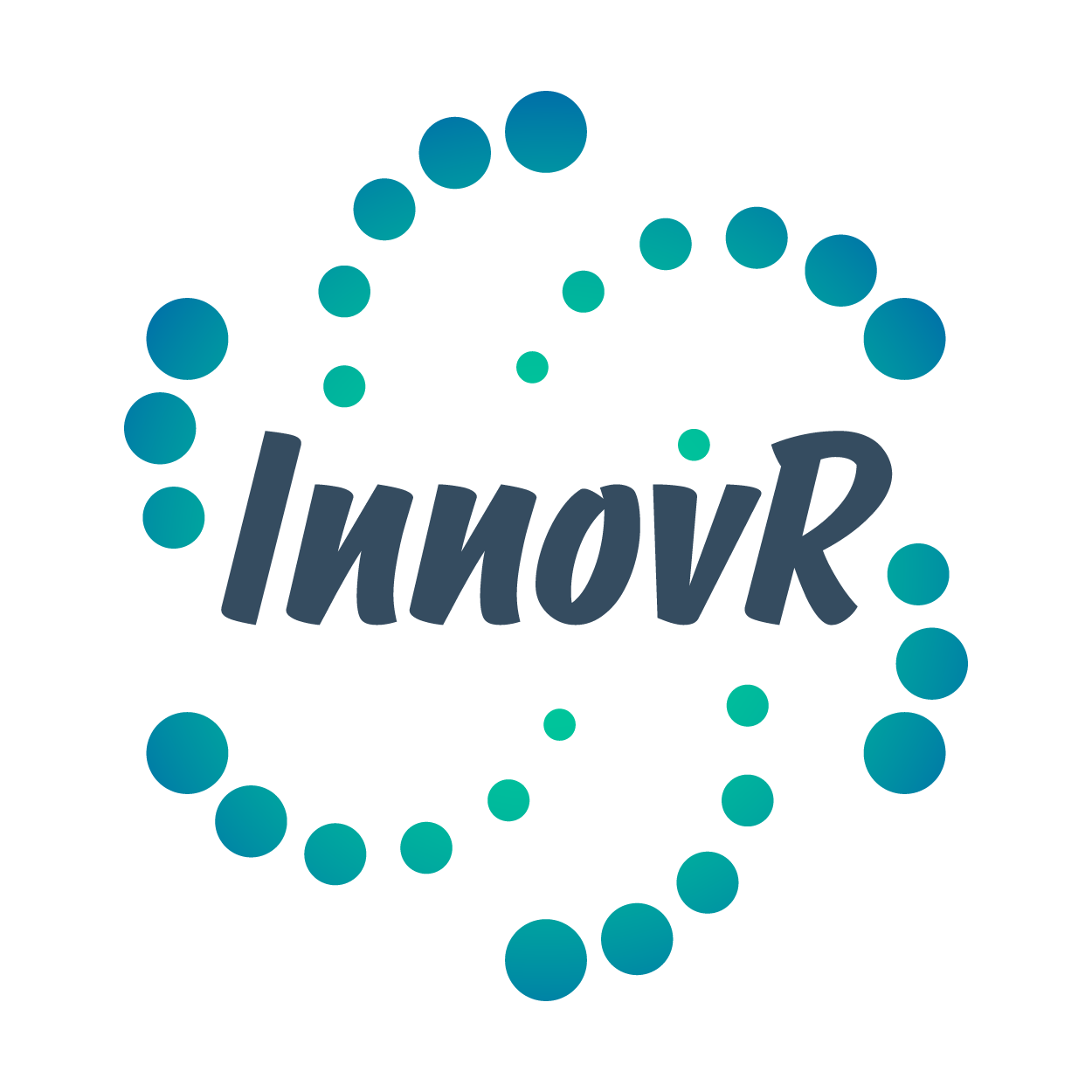
Innovation Readiness Self-assessment Tool
The Innovation Readiness Index
What is Innovation Readiness?:
Identifying if the city is capable and ready in deploying or enabling the
deployment of mobility innovations. Capturing the innovation readiness of the city by studying the city’s
organization
structure, capability and capacity, current regulation practices, engagement practices, financial strength
and investment opportunities etc.
What is the goal of the survey?:
In order to efficiently guide cities toward innovation, it is important to understand how
mature a city already is in the deployment of mobility innovations and how ready to
implement innovative policy-making. Towards this aim, a self-assessment tool was
developed for measuring the innovation readiness of a city and identifying strengths and
weak points.
Research Question: How ready/mature is the city to develop city-led innovations and innovative policy responses?
🔗And you can also check the deliverable "D5.2 Urban policy system dynamics model" here.Instructions
How to calculate the Innovation Readiness of your city?
(approx. 7-10 mins)
In the following survey, you will find:
- Specific questions about different elements of the city's ecosystem and
- Description of the range of the expected answers.
You need to assign a score value (1-5) to each question considering the innovation aspects the question tries to quantify.
View video
General information
a. Which city do you represent? *
b. What is the type of organization you represent? *
c. What is your role in your organization? *
d. Please indicate your level of experience in mobility and city logistics planning and policy making? *
Governance & Growth
1. What is the level of inter-departmental coordination and flexibility in the procurement process for innovative solutions? (City authority or functional city area may be considered) *
2. What is the level of Sustainable mobility Planning & implementation process? *
3. Does the city follow stakeholders' engagement practices for the co-creation and co-design of innovative mobility solutions? *
4. At what level your city has the competence for fundraising for innovation (PP schemes, …) What is the level of public investments for smart innovative policymaking? *
What is your level of confidence for the "Governance & Growth" element? *
Climate and City Typology
5. What is the level of the (inter)national synergies with neutral partners (research institutions, universities) and other cities and organisations for knowledge transfer (e.g., POLIS, Eurocities, EIT)? *
6. Can the city be characterized as a University Town with Research & innovation activities? *
7. What is the city population's educational level and digital competence? *
What is your level of confidence for the "Climate and City Typology" element? *
Smart & Easily accessible
8. What is the level of smartness and transparency of your city's Government processes (e-tools, e-Governance practices, data transparency)? *
9. Is the city's mobility data open-source, safe and easily accessible? *
What is your level of confidence for the "Smart & Easily accessible" element? *
Smart & Innovative Resources and Infra available
10. How mature and smart is the data collection for understanding the current situation of a mobility system for Passenger Transport (Smart infrastructure, ITS, survey)? *
11. How mature and smart is the data collection for understanding the current situation of a mobility system for Freight Transport (Smart infrastructure, ITS, survey)? *
12. To what extent is the current Passenger Transport of the city's policymaking data-driven and evidence-driven?*
13. To what extend is the current Freight Transport of the city's policymaking data-driven and evidence-driven? *
14. What is the level of availability of multimodal Passenger Transport infrastructure & services offered in the city and which is the level of intelligent Transport & mobility infrastructure & services? *
15. What is the level of availability of multimodal Freight Transport infrastructure & services offered in the city and which is the level of intelligent Transport & mobility infrastructure & services? *
16. Does the city have a skilled workforce on innovative mobility solutions for Passenger Transportation? *
17. Does the city have a skilled workforce on innovative mobility solutions for Freight Transportation? *
What is your level of confidence for the "Smart & Innovative Resources and Infra available" element? *
Innovative People & Stakeholders
18. To what extent are citizens adopting the new sustainable mobility services and the green modes of transport (e.g., less car-use, more walking, cycling and use of Public Transport)? *
19. Is the city open to deploying and testing new business models for Passenger Transportation? Is the triple helix for innovation applied to smart mobility solutions? (e.g., MaaS, Smart Parking, Traffic Management System etc.) *
20. Is the city open to deploying and testing new business models for Freight Transportation? Is the triple helix for innovation applied to smart mobility solutions?*
21. How rich is the city in terms of the number of big innovators and high-tech start-up companies? *
What is your level of confidence for the "Innovative People & Stakeholders" element? *
Results
Role:
Conclusions for your city
| WHAT YOUR RESPONSES SHOW | |
|---|---|
|
|
|
|
|
|
|
|
|
| COMPARED TO THE OTHER SPROUT CITIES | |
|
|
|
|
|
|
|
|
|
How to read
Upper Threshold: Responses over this line can be considered as strong
Lower Threshold: Responses below this line can be considered as weak
Common area: Responses between the upper and the lower threshold can be considered as normal
Tabular results
| Element | Score | Threshold lower | Threshold upper |
|---|
| City | IR Score | Innovative Governance & Growth | Climate and City Typology | Smart & Easily accessible | Smart & Innovative Resources and Infra availble | Innovative People & Stakeholders |
|---|